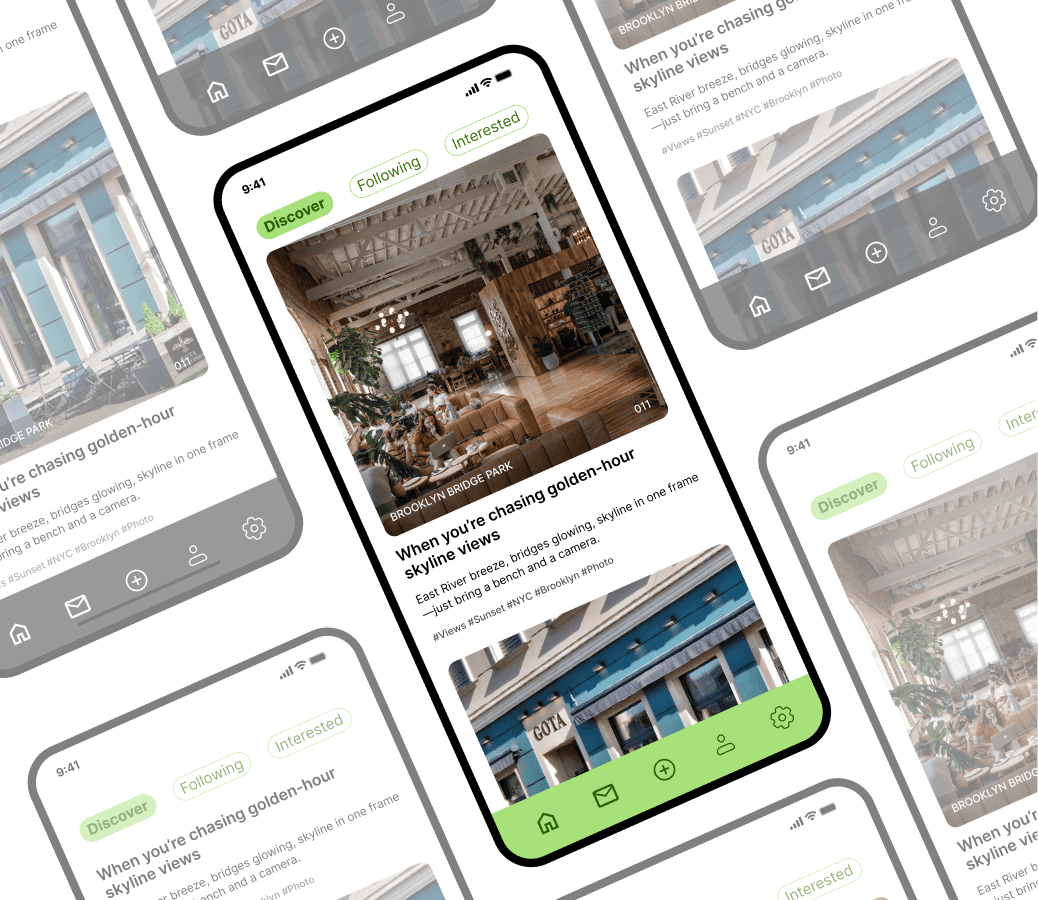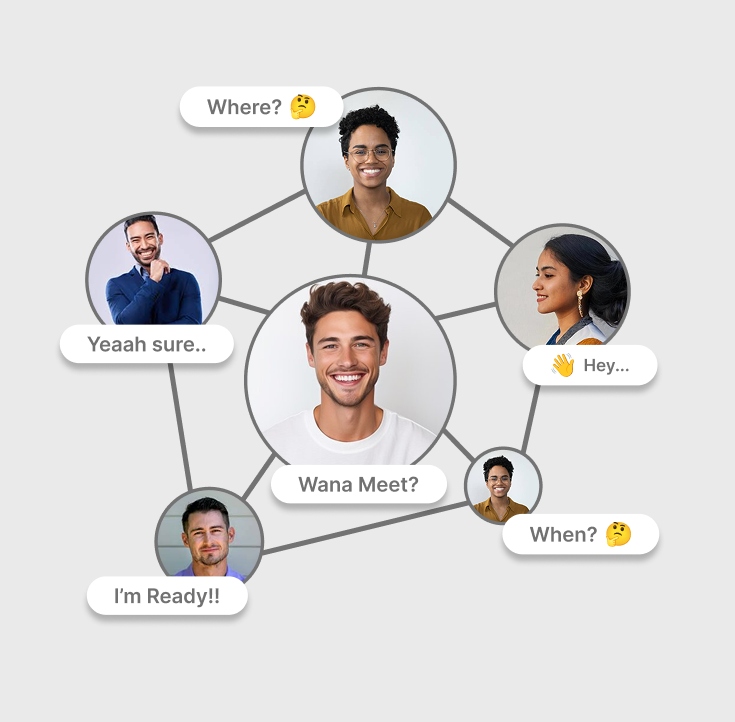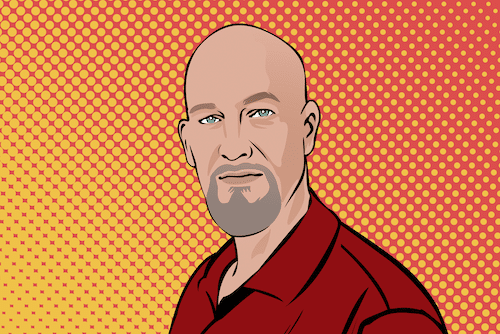One aspect often overlooked or undervalued by development teams—but essential to a project’s success—is understanding the client’s business. For us, gaining insight into their processes, customers, and market is a cornerstone of building the right solution.
In the social media app’s case, their clients bring expertise across industries such as banking, travel, and sales. We also recognized that, as a new social media platform, the product could quickly go viral or shift direction based on public response. This reality reinforced the decision to host in AWS, giving the flexibility and scalability the app might require.
The social media app team collaborated with an independent designer to wireframe how they envisioned the app’s look, functionality, and flow. Once wireframes were delivered, we aligned priorities around upcoming investor meetings—identifying which features and pages were most critical to demonstrate. Our team focused development on those high-visibility elements first. During the feedback cycle for those features, we tackled secondary but necessary pages, such as onboarding and login. While important, these pages typically aren’t the focal point for investor presentations. This iterative process continued throughout development until the product was ready for public release.
During development, we used TestFlight to manage, test, and review the app with select stakeholders before entering the marketplace. TestFlight gave us controlled distribution, robust feedback, and crash reporting, enabling us to monitor performance and resolve issues early.





